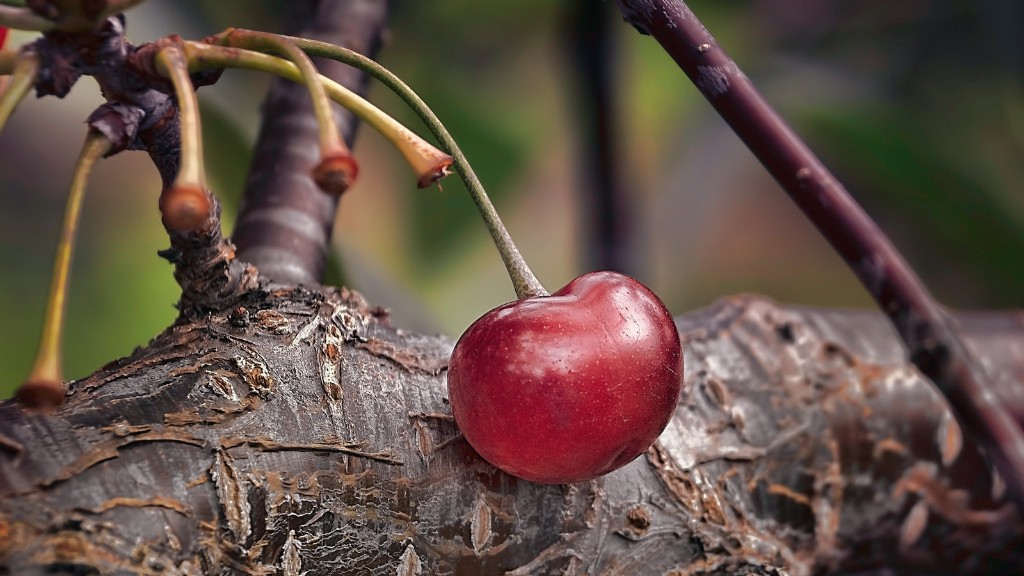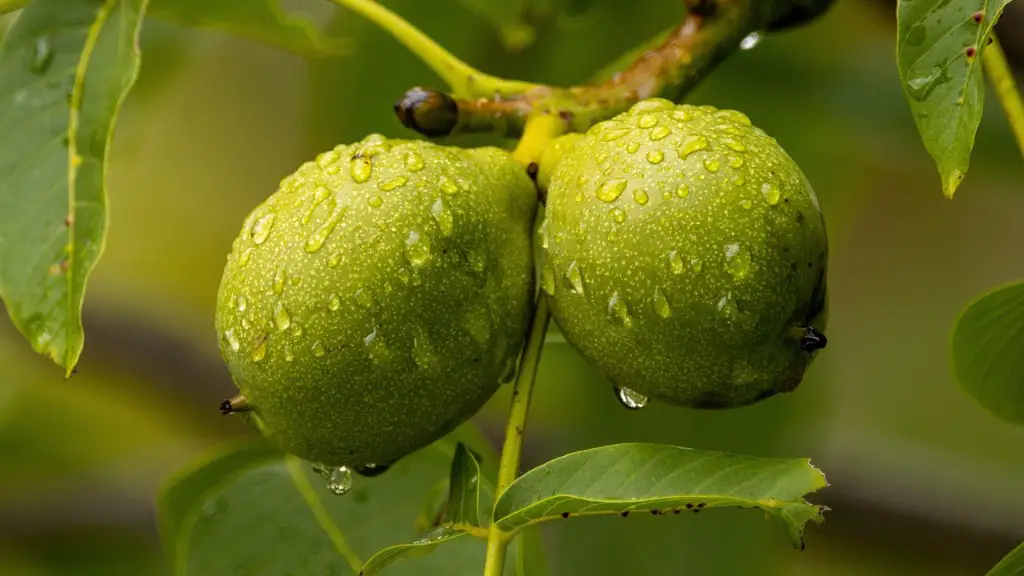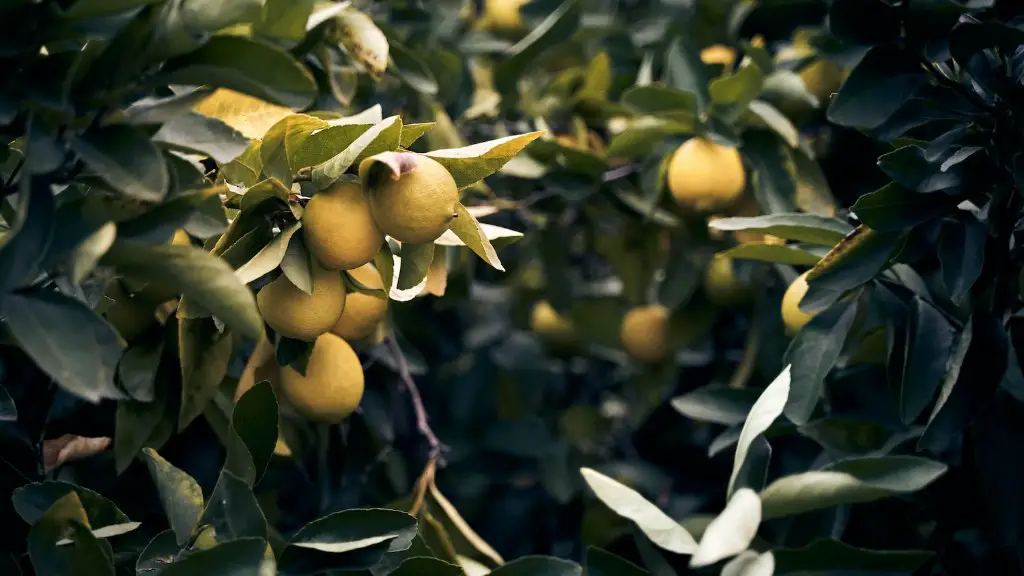Can You Plant a Weeping Cherry Tree in a Pot?
Many people are curious if they can have a flowering cherry tree in a pot, rather than planting directly into the ground. This can be a great option if you want to display a weeping cherry tree with its beautiful blooms and striking cascading branches without taking up too much space in your yard. A weeping cherry tree can flourish in a pot if you give it the right conditions.
Weeping cherry trees belong to the genus Prunus, which includes many kinds of fruit-bearing trees and shrubs, such as plums, peaches, and apricots. Cherry trees are popular for their showy, fragrant flowers and fruits. Weeping cherry trees, in particular, can add a dramatic element to any landscape. They have cascading branches that add a graceful, elegant atmosphere to any setting.
When you are deciding if you want to put a weeping cherry tree in a pot, there are several factors to consider. The most important factor is that you don’t want the roots of the tree to get too crowded. You will need a large enough pot, at least 20-24 inches in diameter, to accommodate the root system of the tree.
You’ll also need to make sure that you are providing the right amount of nutrients to the tree. This can be done with regular fertilizers. It is important to use the right type of fertilizer, as too much nitrogen can create more leaf growth than flower formation.
You will also need to make sure the pot has adequate drainage holes. If the soil doesn’t drain properly, it can cause root rot and other problems. You can also use potting mix with Perlite to create better drainage.
Another important factor to consider is the amount of sunlight the tree will get. Weeping cherry trees need 6-8 hours of direct sunlight per day. This can be difficult to manage if you choose to put your tree in a pot. You may need to move the pot around periodically to make sure the tree is getting enough light.
Most importantly, you will have to accept the fact that putting a weeping cherry tree in a pot can limit the size of the tree. A tree planted in the ground may grow to be much larger. A pot also means you will have to water the tree more often, as the soil in a pot dries out quicker than if it were planted in the ground.
Watering A Weeping Cherry Tree In A Pot
One of the key elements to growing a healthy weeping cherry tree in a pot is to water it regularly. As we mentioned, the soil in a pot tends to dry out much quicker than if the tree were planted in the ground. You will want to check the soil every few days to see if it feels dry. If so, it’s time to water the tree. Make sure to water the tree thoroughly, as you want the water to reach all the way to the roots.
It’s important to water your weeping cherry tree in the early morning or late afternoon, as it is less likely to evaporate quickly. You may also want to add a layer of mulch around the base of the tree to help hold in the moisture.
It is also important to remember that too much water can be detrimental to the tree. You don’t want the soil to be too wet, as this can lead to root rot. You also need to make sure the water has a chance to drain out of the pot.
Fertilizing A Weeping Cherry Tree In A Pot
Fertilizing your weeping cherry tree in a pot is also an important part of ensuring that the tree stays healthy. You will want to use a fertilizer that is suited for flowering cherry trees. You’ll want to be careful to not use too much fertilizer, as too much nitrogen can lead to more leaf growth than flower formation.
In general, you will want to fertilize your tree in spring, just as the tree is starting to bloom, and again in mid-summer when the tree is actively growing. You may also want to fertilize the tree during the fall months to help the tree prepare for its dormancy period.
It’s also important to make sure that the fertilizer is getting down to the roots. You can do this by mixing the fertilizer with water and pouring it over the soil. This will help the fertilizer to permeate the soil and reach the roots.
Repotting A Weeping Cherry Tree In A Pot
A weeping cherry tree in a pot will need to be repotted periodically. This is because as the tree grows, its root system will become cramped for space. You will want to repot the tree every two or three years. You can tell if the tree needs to be repotted if you see roots on the surface of the soil or if the tree is not getting enough water.
When you are repotting the tree, you will want to make sure that you are using a pot that is one or two sizes larger than the previous pot. You’ll also want to check the soil to make sure it is draining properly. If not, you may need to mix in some Perlite.
You also want to make sure you are using fresh potting soil. If the soil is old, it won’t have the nutrients that the tree needs to stay healthy. Once you’ve put the tree in the new pot, you will want to water it thoroughly and add a layer of mulch around the base.
Pruning A Weeping Cherry Tree In A Pot
You will want to prune your weeping cherry tree in a pot regularly to keep it healthy and to control its growth. You will want to prune the tree when it is dormant, as this is the best time for the tree to heal from any pruning wounds.
When pruning the tree, you will want to make sure that you are removing any dead or diseased branches. You will also want to make sure that you are not pruning too much at once. Pruning too much can weaken the tree and can also prevent it from flowering.
You will also want to pay attention to the overall shape of the tree. You can use pruning to control the size and direction of new branches. Pruning will also help to maintain the weeping shape of the tree.
Disease And Pests Of Weeping Cherry Trees In A Pot
Weeping cherry trees can be prone to diseases, such as leaf spot and root rot. These can be prevented by making sure that the tree gets enough light, water, and nutrients. You should also make sure that you are removing any dead or diseased branches from the tree.
Weeping cherry trees can also be affected by pests, such as aphids and scale insects. These pests can be controlled with insecticides or by introducing beneficial insects, such as beneficial nematodes or ladybugs. You can also use insecticides that are specifically designed for fruit trees.
It is also important to keep an eye out for leaf spot and powdery mildew. These can be treated with fungicides. If you notice any signs of disease or pests, you should take action immediately to keep your tree healthy.



